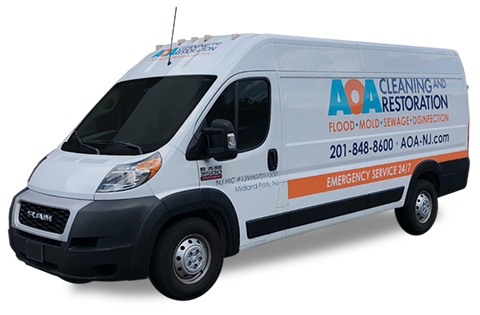Did you know wood’s cellulose fibers quickly absorb water but release it slowly? This fact makes fixing water-damaged wood floors a big challenge for homeowners. The damage’s extent and how quickly you act can decide if you can fix the floors.
It’s important to know where water can get in. Water can sneak in between the floorboards, through cracks in the finish, and even under the baseboards. Quick steps like stopping the water, using a wet-mode vacuum, and drying with fans and dehumidifiers are key. Cleaning the floor with mild soap and disinfectants helps stop mold and mildew.
Even with these steps, wood floors can still look bad and be damaged. You might see cupping, warping, or color changes. Getting a pro to check the floors is crucial to see if they can be fixed or need to be replaced. Acting fast and doing it right can help save your wood floors.
Key Takeaways
- Wood’s cellulose fibers soak up water quickly but release it slowly.
- Besides the top layer, water can infiltrate through seams and under baseboards.
- Immediate action, including stopping the water source and using a wet-mode shop vacuum, is critical.
- Scrubbing with a mild detergent and disinfectant mix prevents mold and mildew.
- Professional assessment is key to deciding between restoration and replacement.
- Swift and effective response boosts the chances of saving water-damaged wood floors.
Signs and Symptoms of Water Damaged Wood Floors
Water is a big threat to wood floors, causing various symptoms of damage. It’s key to spot these signs early to prevent more damage and save money. Water damage can come from big leaks or small spills, needing costly repairs like replacing the floor or even the foundation.
Here are the main signs of water damaged wood floors:
- Visible Moisture or Wetness: This shows up on the wood’s surface, signaling water damage.
- Dark or Discolored Patches: Water can stain wood, making it look different.
- Warping or Cupping: When planks warp or cup, it means the wood has too much moisture.
- Finish Blistering or Peeling: Moisture can make the finish blister or peel, harming the floor’s look and protection.
- Loose or Uneven Boards: Boards might get loose or uneven if water reaches the subfloor.
- Increased Squeaks or Movement: New squeaks or too much movement when walking on the floor can mean water damage.
- Elevated Moisture Readings: A moisture meter can show if there’s a lot of water damage.
- Mold Growth: Mold or mildew, seen as green or black patches and smelling musty, means too much moisture.
It’s crucial to fix water damaged wood floors quickly. Experts like AOA Cleaning and Restoration can help with damage checks, drying, sanding, refinishing, and more. Fixing the floor early, like through refinishing, can save a lot of money compared to replacing it all. Keeping humidity levels right and using mats and rugs in wet areas can also prevent damage.
Can water damaged wood floors be saved?
When water damage happens, it’s natural to wonder if wood floors can be saved. The answer depends on how quickly and well you act. Stopping the water source and removing any standing water are key first steps. Fans and dehumidifiers help dry the floors faster.
Checking the moisture content is also vital. Digital moisture meters show if the wood is too wet. Wood floors should have a moisture level between 5-10%, depending on the climate. If the reading is higher, you need a professional to check.
Water can also get under the floorboards and into the subfloor. This makes drying harder and can lead to mold. Wooden subfloors are more prone to damage than concrete ones. If water sits on a wood subfloor for too long, it might need to be dried or replaced.
Water damage can cause the floorboards to cup or lift. This can make the floor look wavy. If the boards lift too much, they might need to be replaced. To prevent damage, clean spills right away and keep the floor coated.
It’s wise to talk to a hardwood flooring expert and do moisture tests. Don’t sand the floor too soon, as it can make it uneven. The success of restoring water damaged floors depends on the damage and how quickly you act.
In short, saving water damaged wooden floors is possible with the right steps. Taking care of your floors and preventing damage can help them last longer.
Conclusion
Dealing with water damaged wood floors needs quick action and careful steps. Spotting signs like discoloration, warping, and mold early is crucial. This helps start the process of fixing the damage fast.
Quick fixes like removing water and testing for moisture can help a lot. These steps can prevent more harm.
Fixing water damaged wood floors involves sanding, refinishing, and replacing boards. These actions can make floors look and feel new again. To avoid future problems, use protective coatings and keep air moving. Also, teach family members how to clean up spills quickly and check floors often.
For big water damage or mold, getting help from flooring experts is best. Companies like AOA Cleaning and Restoration help and know-how. They can give detailed plans and use advanced methods to fix floors.




















